
ANNUAL WASTEWATER REPORT
SEWER COLLECTION AND WASTEWATER TREATMENT FACILITIES Report for FY 2024-2025 (July 1, 2024, through June 30, 2025)
On July 21, 1999, North Carolina Governor James Hunt signed a law, House Bill 1160, that placed reporting requirements on the owners or operators of wastewater treatment and wastewater collection facilities in North Carolina. Part of the legislation was a requirement to provide the user or customers of the system with an annual report of the past year’s performance including a summary of violations.
The purpose of these reports is to provide an understandable and informative description of the wastewater treatment facilities and sewage collection system, describe the regulations with which these facilities must comply, and promote general awareness of these facilities and their role in protecting the environment.
The City of High Point operates two wastewater treatment facilities and a wastewater collection system that collects and transports the wastewater to each of the two facilities. The Frank L. Ward Water Treatment Plant has a wastewater permit for the alum sludge lagoons. The names and permit information for these facilities are listed below as well as those professionals designated by the State of North Carolina as Operators in Responsible Charge (ORC):
5898 Riverdale Road Jamestown, NC 27282
1044 West Burton Road Thomasville, NC 27360
816 East Green Street High Point, NC 27260
121 N. Pendleton Street High Point, NC 27260
Ph: 336-822-4732 Ph: 336-822-4767 Ph: 336-883-3691 Ph: 336-883-3410
NPDES Permit #: NC0024210
Shane Parrish, ORC
NPDES Permit #: NC0024228
Curt Yannone, ORC
Collection Permit #: WQCS00010
Cody Johnson, ORC
NPDES Permit #: NC0081256
Ned Briley, ORC
This report is available for viewing at City Hall (Public Services) or by logging onto our website at www.highpointnc.gov. Customers will be notified of its availability by printed notice on water and sewer bills. Questions, comments, or requests for additional copies of this report should be directed to the Public Services Department at 336-883-3215. This report has been completed by the staff of the City’s Public Services Department and is accurate to the best of our knowledge and belief.
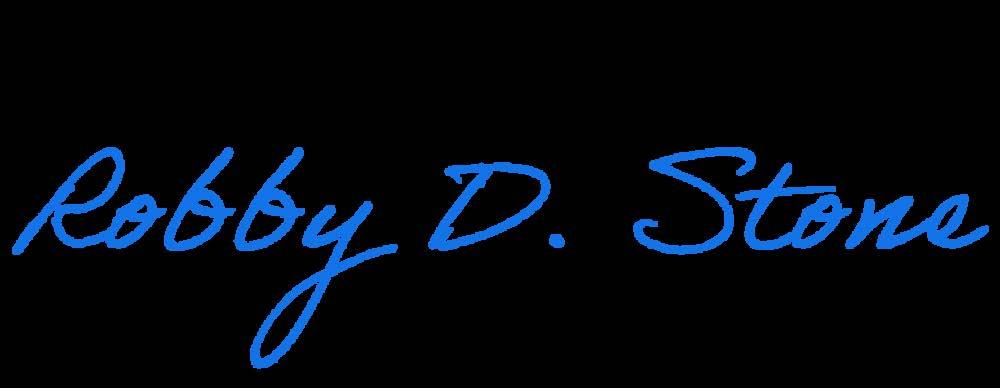
8-18-2025
Robby Stone, Director of Public Services


SYSTEM OVERVIEW
The Public Services Department is responsible for wastewater collection and treatment for the City of High Point. The Divisions in the Department that are involved in wastewater collection and treatment are: Water & Sewer Mains, Laboratory Services, Maintenance Services, Westside Wastewater Treatment Plant, Eastside Wastewater Treatment Plant and Residuals Management.
The City’s wastewater collection and wastewater treatment facilities provide service to homes, commercial establishments, and industries. During this reporting period, there were approximately 46,489 connections through which an average of 17.5 million gallons of wastewater was collected and treated each day. The treated wastewater was discharged back into the receiving stream or water body. The city also treats wastewater from the Archdale, Jamestown, Sedgefield, and Trinity communities.
Multiple state agencies assure that stringent standards are met before the treated wastewater can be released into a receiving stream or water body. These standards are listed in a National Pollutant Discharge Elimination System (NPDES) permit. Each facility that releases treated wastewater into surface waters, a stream for example, must possess one of these permits. These permits regulate the type and amounts of pollutants that a facility can discharge. The discharge limits specified in these permits are based on the ability of the stream to withstand the addition of pollutants without having any noticeable impact on the water quality of the stream. These NPDES permits include monitoring requirements and discharge limits. Some vary with seasons and have different maximums for daily values, weekly averages, monthly averages, and quarterly averages.
Wastewater treatment is a complex process that is often taken for granted. However, it requires expensive equipment and skilled operations, maintenance, laboratory, solids handling and engineering personnel working constantly to assure adequate treatment twenty-four hours per day, seven days per week, and 365 days throughout the year.
COLLECTION SYSTEM OVERVIEW
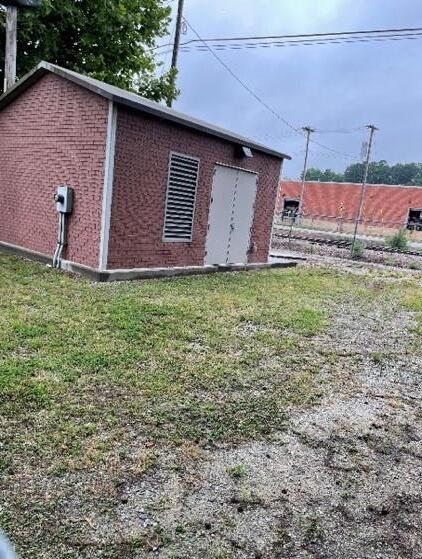
Corporation Drive Lift Stationan example of one of High Point’s 23 Lift Stations
The City of High Point wastewater collection system consists of approximately 677 miles of gravity wastewater lines. There are 20.28 miles of pressurized force mains; 23 lift stations; and 17,370 manholes. On average, 17.5 million gallons per day (MGD) of wastewater flowed through this system from homes and businesses, to either the Eastside or Westside Wastewater Treatment Plants during the 20242025 reporting period.
The collection system consists of both gravity lines and (pressurized) force mains. Wastewater discharged from neighborhoods flows by gravity into the collection system. The size of the collection system lines increases to handle higher flow as additional wastewater is collected from outlying areas. Once the gravity lines get too deep, the flow must be pumped up or pushed up, by the City’s lift stations, to a higher elevation where use of the gravity lines will be resumed. The largest of these collection lines route the wastewater to one of the two wastewater treatment plants.


The lift stations are monitored 24 hours a day for proper operation. The Water/Sewer Mains Division has crews that are responsible for line cleaning and emergency responses to calls from the public dealing with collection system problems.
A state mandated fats, oils, and grease (FOG) program is also in effect. The Collection System maintenance crews work diligently to keep the lines clean and well-maintained. A concerted effort is necessary between the city and its residents to reduce the grease-related problems in the collection system. Despite the City’s best efforts, sanitary sewer overflows (SSO’s) happen in High Point, just as they do in every municipality in North Carolina. An SSO is when wastewater escapes from the wastewater collection system to the surrounding ground or nearby surface waters. The North Carolina Division of Water Resources defines a reportable SSO as any spill to the ground more than 1,000 gallons or any spill, regardless of the amount, which reaches any surface waters. During this reporting period, the City of High Point had 10 reportable SSO’s. The SSO’s are summarized in the Appendix.
What the Mains Division is doing to Prevent/Reduce Spills
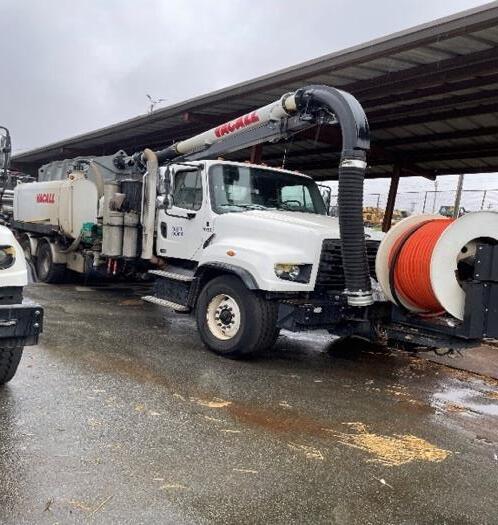
▪ Inspect, repair, rehabilitate or replace sewer lines and pump stations as needed to eliminate leaks or to increase system capacity.
▪ Inspect and clear collection system lines with cutting and flushing equipment.
▪ Educate customers about proper disposal of fats, Oils, and Grease.
▪ Educate customers about proper disposal of wipes and other non-flushable items.
▪ Ongoing inspection of commercial grease traps in problem areas.
▪ Utilization of computer software to better track/monitor compliance with grease, fats, and oils.
▪ Maintain collection system easements to keep roots from growing into collection lines and limit plantings allowed along easements.
▪ Operate and continuous monitoring alarm system at pump stations; maintain and repair pumps; use generators for backup power; replace pump stations with gravity sewers when practical; monitor and inspect pump stations to identify repairs needed.
Corrective Actions
Follow-up actions depend on the cause and severity of the spill and may include:
▪ Clearing of mains.
▪ Site cleanup
▪ Disinfection
▪ Inspection
▪ Repair, rehabilitate or replace pipes.
▪ Increased inspections or other maintenance as needed.


▪ Replacement of sewers or pump equipment with larger capacity facilities, in some cases.
▪ Notify the public and the North Carolina Department of Environmental Quality as required by the Collections System Permit.
We ask customers to contact the City if they see debris or trash being deposited into the sewer collection system
To report a problem, please call 883-3111
Assistance from the Public is greatly appreciated.
EASTSIDE WASTEWATER TREATMENT PLANT
The Eastside Wastewater Treatment Plant (WWTP) is a 5-stage biological nutrient removal (BNR) facility and is permitted to treat 26 million gallons per day (MGD). The BNR process is for phosphorus and nitrogen removal from wastewater. An environment is created using influent waste and return sludge from the secondary clarifiers that encourages the growth of phosphorus removing bacteria.
The phosphorus removing bacteria consumes phosphorous at higher-than-normal levels thus removing it before the water is discharged. In the BNR process, nitrogen is removed in two ways: Ammonia is converted to nitrate nitrogen by an anaerobic biological process known as nitrification; Nitrate is converted to nitrogen gas in a process called denitrification. These processes reduce the amount of total nitrogen in the effluent. The reduction of phosphorous and nitrogen in the plant’s effluent helps reduce the potential for algae growth in Randleman Lake, to which the treated effluent is discharged.
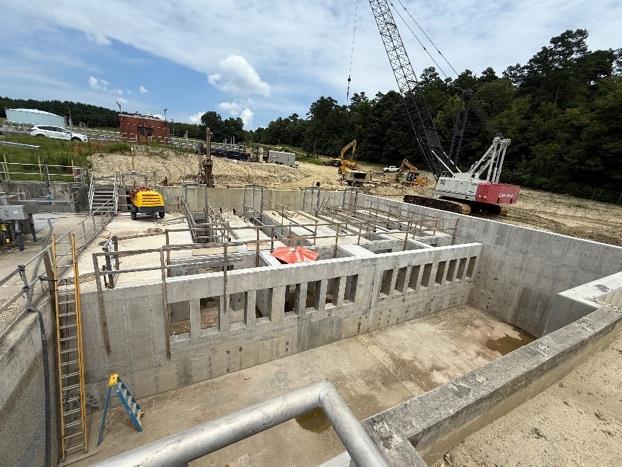
Other treatment processes include screening, grit removal, primary clarification, 5-stage activated sludge, secondary clarification, alum for additional phosphorus precipitation, effluent filtration, ultraviolet (UV) disinfection, Dissolved Air Floatation (DAF) thickeners – to thicken sludge prior to dewatering, post aeration, solids handling (dewatering and incineration), and odor control. All these processes support the biological treatment necessary to remove pollutants from wastewater.
The Eastside WWTP treated and discharged an average of 14,800,000 gallons per day or a total of 5.4 million gallons (MG) during the reporting year 2024-2025. The Eastside WWTP received two Notice of Violations (NOVs) for the exceedance of total phosphorus in July 2024 and October 2024. The Eastside WWTP has since developed a corrective action plan with assistance from an engineering consultant to address the exceedances of total phosphorus. There were two NOVs for the exceedance of ammonia in February 2025 and March 2025. Plant process control data indicated the BNR process encountered nitrification inhibition. The staff at Eastside WWTP are committed to effectively and efficiently treating the incoming waste to produce an effluent that meets or exceeds the standards outlined in the NPDES permit.


WESTSIDE WASTEWATER TREATMENT PLANT
The Westside Wastewater Treatment Plant (WWTP) is also a 5-Stage Biological Nutrient Removal (BNR) Facility and is currently permitted to treat 10 million gallons per day (MGD).
The treatment processes include a coarse bar screen, influent lift pumps, fine screening, and grit removal for preliminary treatment; primary clarification; 5-stage activated sludge basins, for BNR; final clarification; alum addition, for further phosphorus precipitation; tertiary filtration; Rotary Drum Thickening (RDT), to thicken sludge prior to dewatering; ultraviolet light (UV), for disinfection; post-aeration; solids handling, via centrifuge; and odor control.
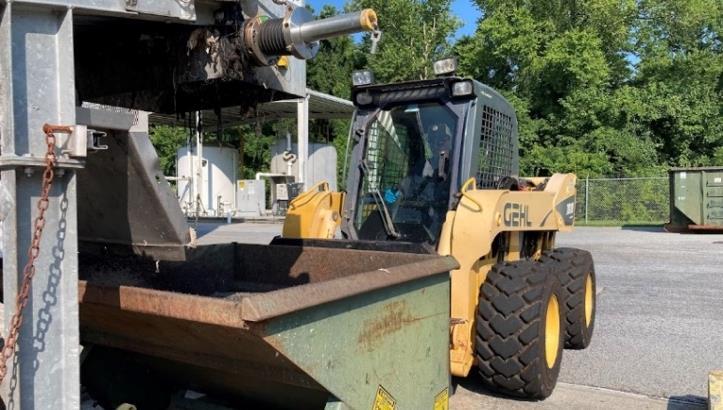
RESIDUALS MANAGEMENT
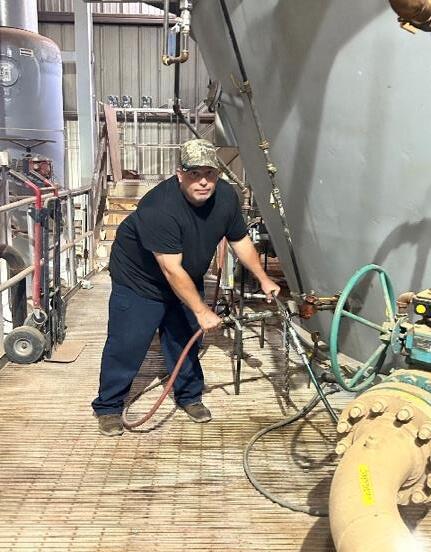
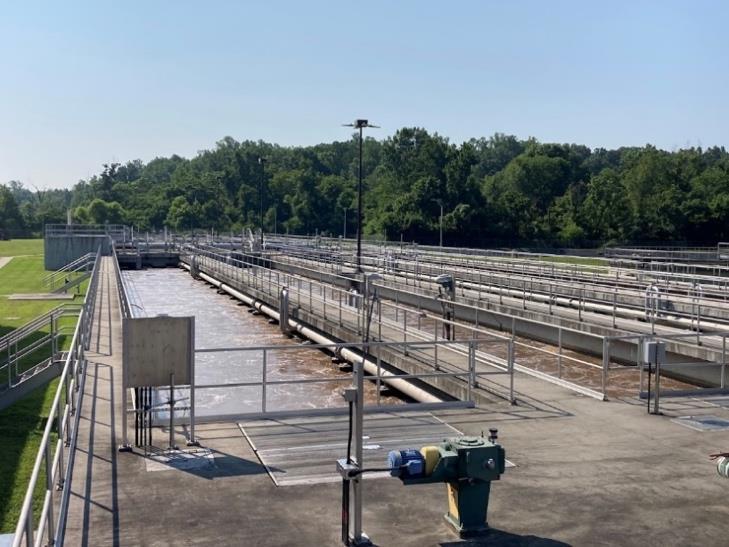
An average of 2,700,000 gallons per day or a total of 985.5 million gallons (MG) were treated and discharged during the reporting year 2024-2025. The Westside WWTP was compliant with the NPDES permit for 2024-2025 reporting period. The staff at the Westside WWTP are committed to effectively and efficiently treating the incoming waste to produce an effluent that meets or exceeds the standards outlined in the NPDES permit.
The City’s Residuals Management Division has the task of disposing of the wastewater biosolids from the Eastside Wastewater Treatment Plant, the Westside Wastewater Treatment Plant, and the disposal of alum sludge solids generated by the Ward Water Plant. In 2024-2025, Residuals Management processed 59.2 million gallons (MG) of sludge from the two wastewater plants.
The Residual’s operators use three (3) high- speed centrifuges to dewater the biosolids, producing a material referred to as “cake”. The “cake” is about 25% dry solids by weight and becomes the feedstock for the incinerator.
The incineration system at Eastside WWTP is permitted to burn 2,020 dry pounds of biosolids per hour or 32.6 dry tons of biosolids per day. This is the equivalent of six tractor trailer loads of biosolids per day. The incineration system allows the city to manage its biosolids disposal in-house. The only material left over after the incineration process is inert ash which is hauled to


the landfill. The volume reduction from dewatered biosolids to ash is approximately 95%. The Residuals Management Division is responsible for maintaining compliance with EPA and state air quality standards. Additionally, this Division also oversees other state air quality permits issued to the city. The Residuals Management Division strives to carry out its mission of providing efficient and prompt service with its staff of dedicated employees.
ALUM SLUDGE LAGOONS- FRANK L. WARD WATER TREATMENT PLANT
The Frank L. Ward Water Treatment Plant (WTP) provides drinking water for the City of High Point. There are two lagoons located at the Frank L. Ward WTP that are utilized as part of the water treatment process. Filter backwash water and alum sludge are sent to the lagoons. The solids settle out in the lagoons, and the water is discharged into the Richland Creek after de-chlorination.
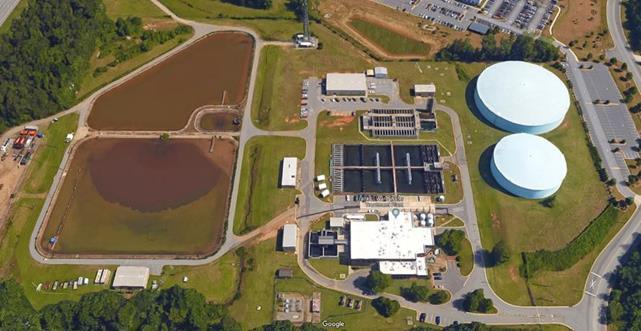
MAINTENANCE SERVICES
The lagoons at the Frank L. Ward WTP discharge an average of 1,013,345 gallons per day or a total of 369.8 million gallons (MG) during the reporting year of 2024-2025. The staff at the Frank L. Ward WTP are committed to effectively and efficiently treating the filter backwash water and alum sludge to produce an effluent that meets or exceeds the standards outlined in the NPDES permit.
The Central Maintenance Division maintains the equipment and facilities for Eastside Wastewater Treatment Plant, Westside Wastewater Treatment Plant, Residuals Management facility, and all the lift stations. The centralized maintenance department consists of a maintenance superintendent, two assistant maintenance superintendents, mechanics, electricians, and electronics technicians. The main maintenance shop is centrallylocated at the Ward Water Filtration Plant, with satellite shops at the Eastside and Westside Wastewater Treatment Plants. All the technicians are well trained with many combined years of maintenance experience.
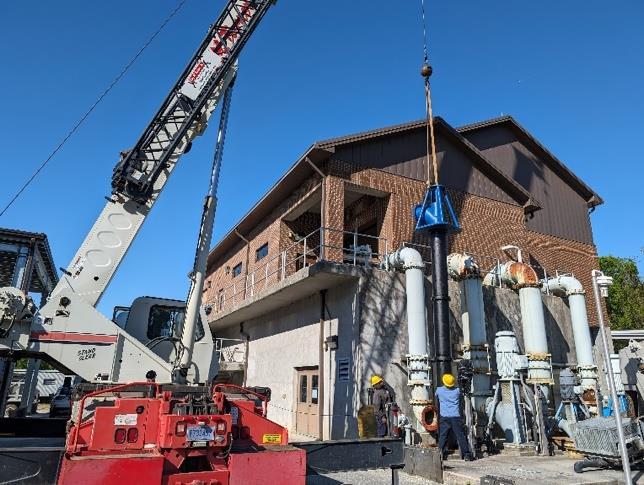
Installation of new influent pump – Westside WWTP
The electronics technicians are qualified to perform technical and skilled work in the maintenance, repair, and replacement of electrical, electronic, and pneumatic equipment at the treatment and collection facilities. This section consists of individuals who possess thorough knowledge and background in programming and troubleshooting the programmable logic controller (PLC) based systems, performing computer based technical assistance for the wastewater treatment plants, lift stations and residuals management. The electronics technicians can create graphic screens and program the Supervisory Control and Data Acquisition (SCADA)


systems. This allows the lift stations and equipment at the water and wastewater treatment plants to be monitored and controlled remotely and, in some cases, controlled from a centralized location. They also are responsible for installing and repairing hardware and software for computers and peripheral devices and creating databases and spreadsheets so that historical data can be maintained and accessed daily.
The electricians are qualified to repair electric motors, high and low voltage switching equipment, electrical control systems, and, also, perform general skilled maintenance. The electrical control systems include but are not limited to centrifuge and incinerator controls, circuits, lighting, heating and air conditioning electrical components, UV disinfection systems and diesel generator electrical systems.
The mechanics troubleshoot and repair complex pumping and wastewater treatment equipment. This includes, but is not limited to the following: gearboxes, grit collection equipment, conveyors, mechanical grinders, various types of pumps, blowers, compressors, mixers, centrifuges, fluidized bed incinerator, control valves and other process equipment. They possess technical skills such as proper alignment techniques, welding, use of a cutting torch and some limited machine shop skills.
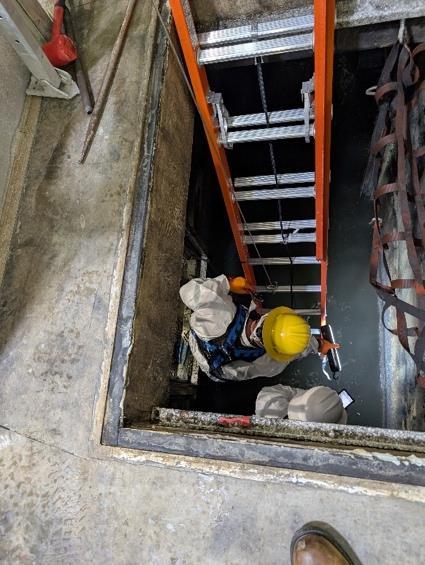
Inspection of influent flow channel – Westside WTTP
LABORATORY SERVICES
The mission of the Water and Sewer Maintenance Division is to maintain the equipment at the Eastside Wastewater Treatment Plant, the Westside Wastewater Treatment Plant, the Frank L. Ward Water Filtration Plant, the Residuals Management Division, and all Lift Stations in order that they remain in compliance with all federal, state, and local regulations. An on-call maintenance team is available after hours, weekends and holidays to respond to emergency equipment breakdowns at the water / wastewater treatment plants, lift stations and residuals management. The Plant Maintenance staff work diligently to perform timely responses to corrective maintenance work orders and perform preventative maintenance as scheduled.
The City’s state-certified laboratory is centrally located at the Frank L. Ward Water Treatment Plant. The lab provides comprehensive analytical monitoring and compliance support for the Public Services Department/Plants Divisions. They ensure monitoring and reporting compliance with all permitted State, Federal and local laws, and ordinances. The laboratory provides necessary and required testing to ensure safe, clean drinking water, as well as compliance testing for both wastewater treatment facilities, asstipulated bytheir NPDES permits. On average, the lab reports over 13,000 permit required tests to the state that aid in the safe and efficient operation of the plants.
The Industrial Pretreatment Program (a section of Laboratory Services) manages industrial, commercial, and other types of non-residential wastewater discharges into the City’s sanitary sewer system with the intention of protecting the system from pollutants that interfere with the treatment process, are impervious to the treatment process or are harmful to the plant, sewer lines or personnel.

Industrial Pretreatment Program staff survey non-residential facilities discharging into the sewer system and issue permits to those meeting certain criteria such as the type(s) of waste(s) discharged from their facility or discharge volume.
The issuance of discharge permit limits is based on Federal categorical pretreatment regulations, local pollutant limits and the ability of the treatment plant, either the Eastside WWTP or the Westside WWTP, to assimilate, treat and remove substances from the incoming waste stream.
What is the City Response?

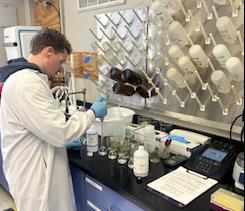
The City of High Point is committed to improving and maintaining compliance with all regulations regarding the wastewater system. Below is a list of some of the major ongoing capital improvement projects:
• Estimated $8.8M for Whites Mill Lift Station and Force Main Project (Under Construction)
• Estimated $15.9M for the Eastside WWTP UV Disinfection Upgrade Project (Under Construction)
• Estimated $2.2M for new addition to the Water and Sewer Plant Maintenance Building (Under Construction)
• Estimated $24.0M for the Shadybrook Lift Station Improvements (Under Design)
• Estimated $56.6M for the Waterview Lift Station Improvements (Under Design)
• Estimated $18.3M for the Riverdale Pump Station Improvements (Under Design)
• Additional projects under design or engineering evaluation include: Boulding Branch Sewer Basin and Ensley Creek Sewer Outfall.
Customer Responsibilities
The leading cause of overflows is debris and grease blockages in the lines. While the collection system is designed to handle and safely transport sanitary waste to our treatment plants, too much grease or nonbiodegradable material placed into the system can cause clogs and result in sanitary sewer overflows (SSOs). Dumping any fats, oils or grease derived from animal and vegetable sources, including meats, nuts, cereals and beans, down any drain – home or business – can cause a stoppage that forces raw, untreated waste to spill into our yards, streets, and streams. It is very important to help prevent all foreign materials, such as grease and other household debris from entering the collection system, as these can cause blockages.
You can help the City of High Point reduce the number of overflows by following these simple steps:
▪ Collect grease, fats, and oils from cooking in a container and dispose of it in the garbage instead of pouring it down the drain.
▪ Always scrape silverware, cookware, and dishes prior to washing.
▪ Place food scraps in the garbage for disposal with your household solid waste.
▪ Remember “Wipes Clog Pipes” –so-called “Flushable Wipes” are NOT FLUSHABLE. Sanitizing wipes should be disposed of in the garbage for disposal with your household solid waste.
Please call the City of High Point to report a water main break or sanitary sewer overflow. To report a problem, please call 883-3111. Assistance from the Public is greatly appreciated.





